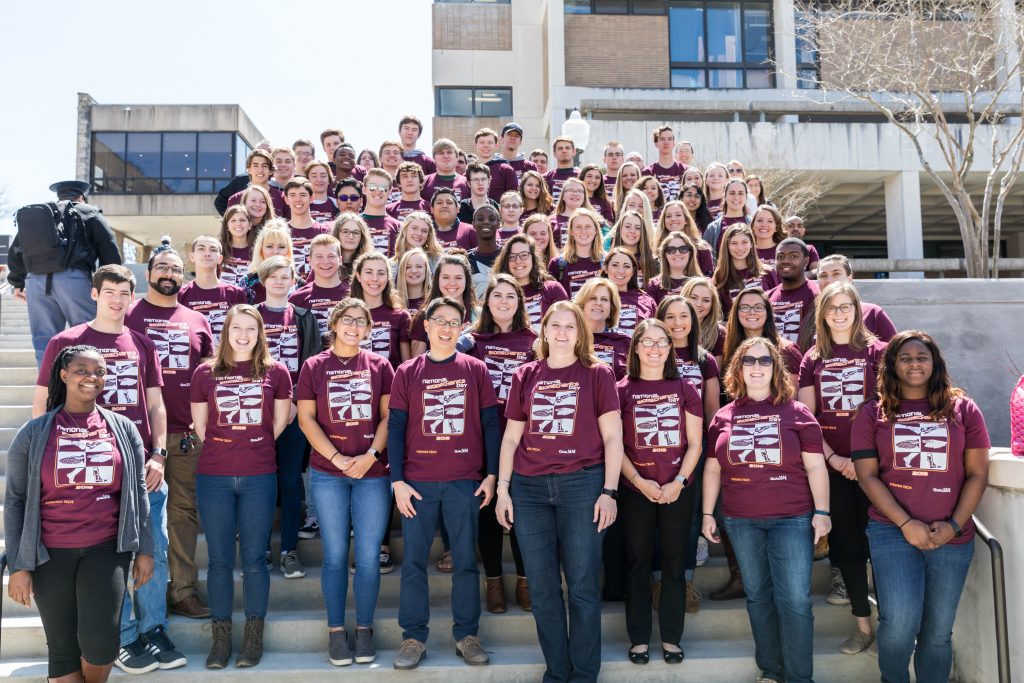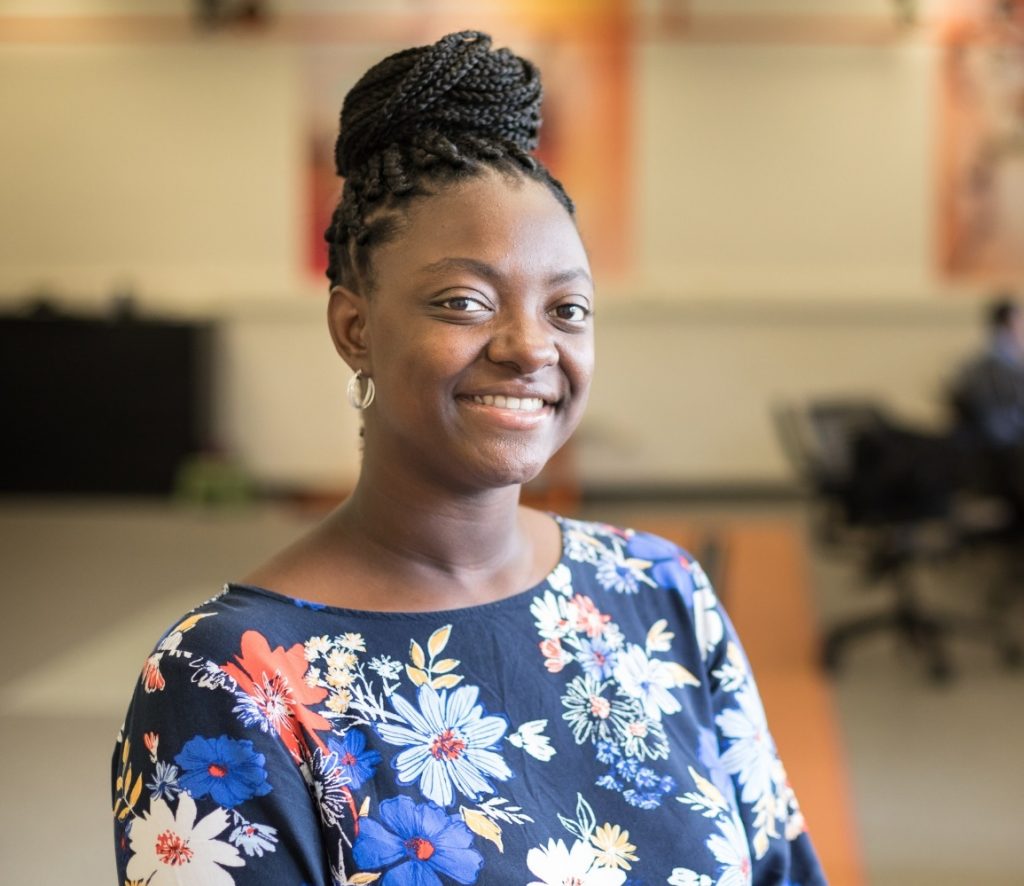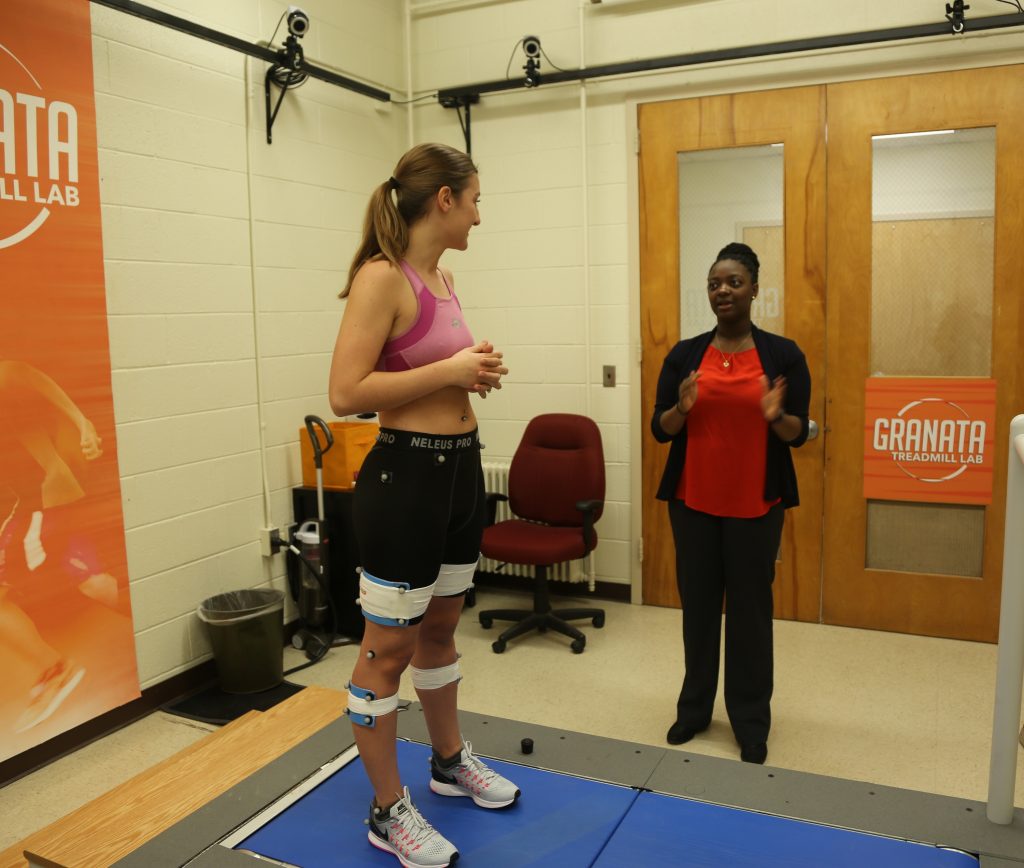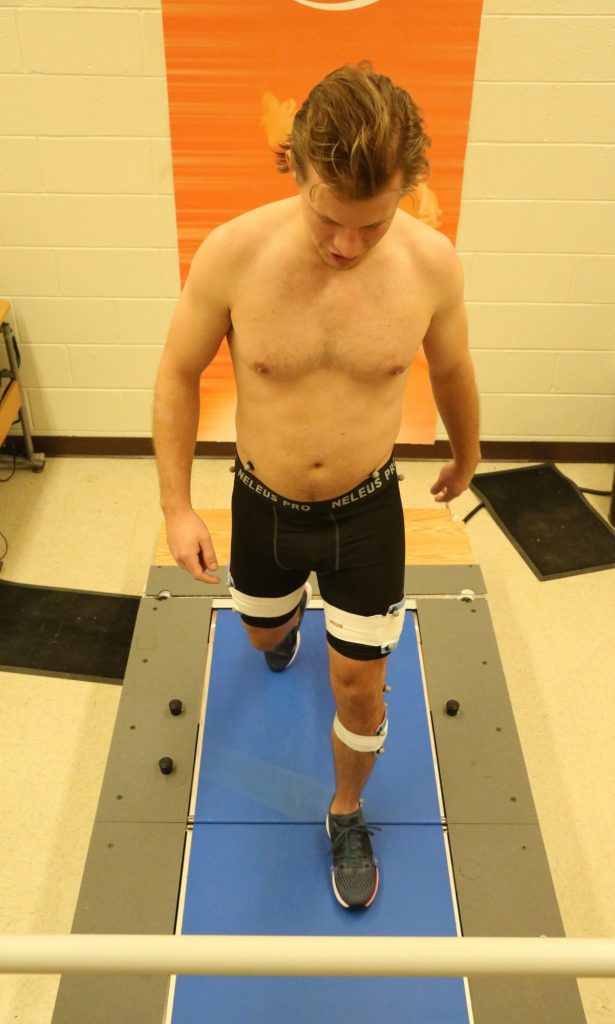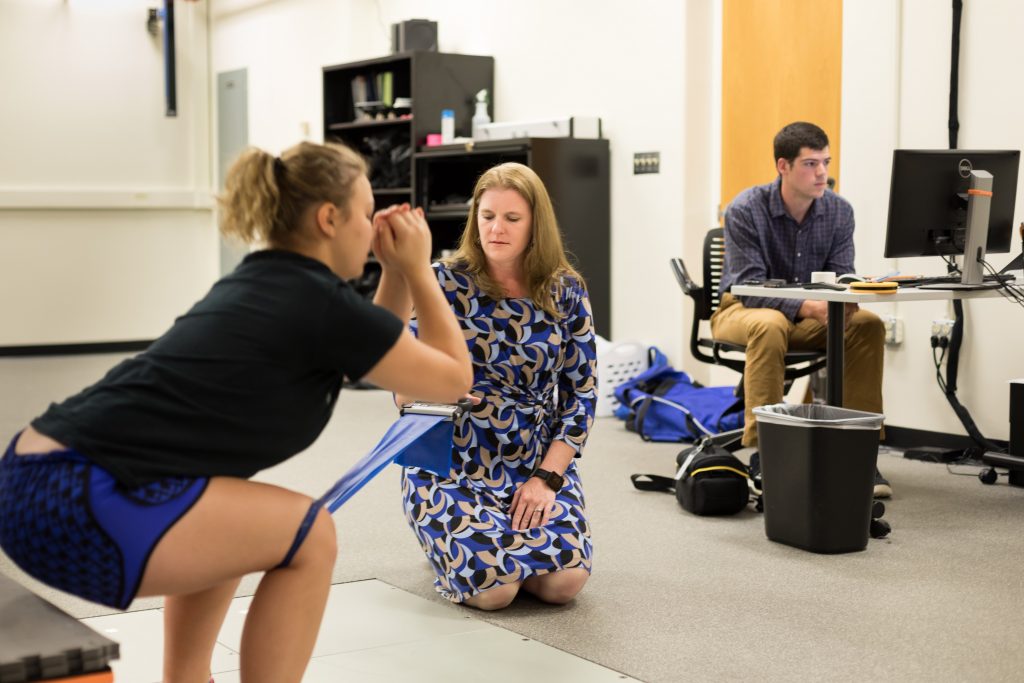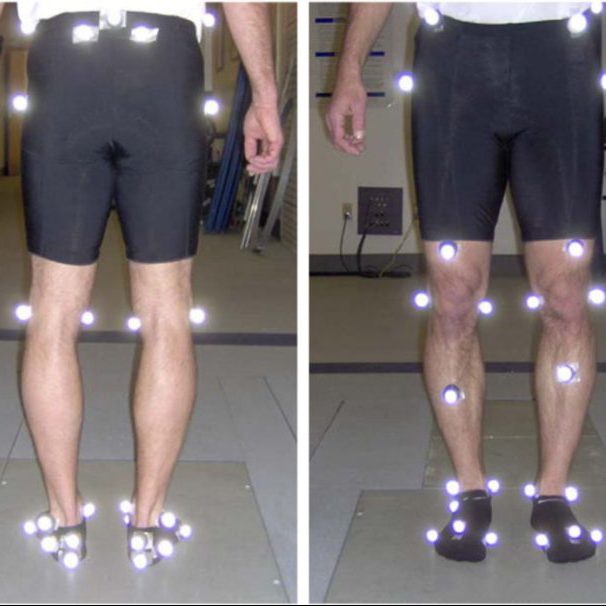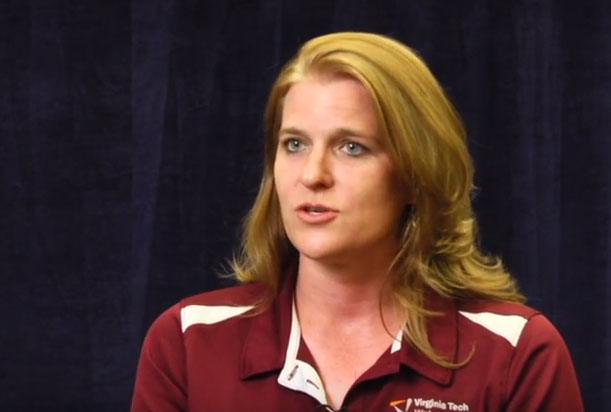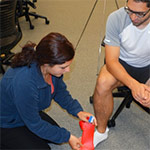National Biomechanics Day at Virginia Tech
Virginia Tech hosted more than 90 high school students from surrounding high schools as part of National Biomechanics Day 2019! Led by Dr. Robin Queen and the Granata Lab, National Biomechanics Day 2019 at Virginia Tech involved hands-on biomechanics activities in 5 engineering labs. National Biomechanics Day is an annual international event aimed at introducing students to the field biomechanics.
https://video.vt.edu/media/National+Biomechanics+Day+2018/1_4r9ew643/91886671

